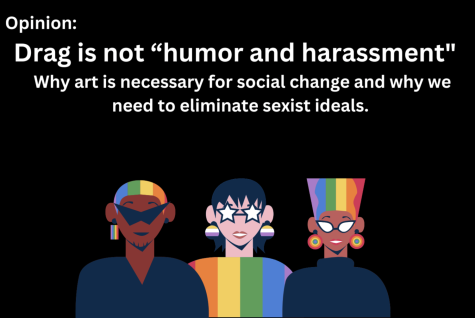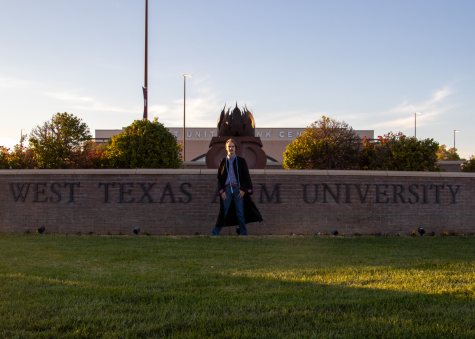Op-Ed: Last Night in Soho tries to pair sleek spectacle with messy murder
November 8, 2021
“Last Night in Soho” is the latest film of the stylish, out-there writer-director Edgar Wright and his first straight horror flick. It was released in the US on Oct. 29, after being delayed because of the COVID 19 pandemic. The film stars Thomasin McKenzie, from Jojo Rabbit Fame, Matt Smith, from Doctor Who fame and Anya Taylor-Joy, from seemingly everywhere fame.
It follows McKenzie’s character Ellie, as she moves to London for fashion college and stumbles across paranormal messaging in the form of glitzy dreams that flash her back to the life of Taylor-Joy’s Sandie, who searches for her big break in the 1960s entertainment business. Smith’s Jack takes Sandie under his wing and a thrillride of melodrama and music ensues.
Wright is unable, it seems, to make movies without music as his muse. The director shows off his extensive knowledge of 60s needle-drops as the plot rises and falls to the groovy tones of legends such as Dusty Springfield and the Searchers. Like Baby Driver, Wright’s previous movie, the main character of Soho derives her name from a song that is played in-film, and walks around the picturesque London alleys with headphones serenading the audience with diegetic narration.
The film twirls around in perhaps a more subdued way than Wright fans are used to, but the visual creativity is still there to wow and entrance. Wright has always been a gifted tension-builder and his outing into unapologetic horror works well, even if the danger feels far off due to the clean style and friendly smoothness of Wright’s more sanitized recent productions.
The acting is all top notch, as is to be expected. Taylor-Joy in particular is able to project a fullness of characterization throughout her time on screen, despite her character being ostensibly at the whims of every other character on screen. McKenzie manages to ground our protagonist in relatable humanity and Smith does the opposite to chilling results.
Being the first woman protagonist in a Wright movie is a tall task, since the writer-director has struggled with fleshed-out female heroes in the past and Ellie is expectedly at the whims of a few narrative privileges that could make her hard to relate to. But McKenzie is attentive to her character’s desires and needs, even if these are presented as rather surface-level to the audience. The ultimate product is an independent woman always fighting back against the barrages of autonomy-squashing plot points that crash against her.
Like Baby Driver, the movie has a strong hold on the audience’s eyes, as every frame is tweaked for optimal viewing pleasure. Wright’s signature creativity is there on-screen, but as with Baby Driver, the writing lacks the same punch one came to expect with the director’s previous filmography. It becomes a little more evident that whereas Wright’s directorial, conceptual and cinematic creativity knows no bounds, his scripts are constrained by the tidiness of his own handiwork.
Last Night in Soho is a delightful movie, despite the flaws that burst up from the floorboards now and again. It manages to thrill and dazzle and be the all-around groovy fun time Wright obviously intended and deserves a watch.
















